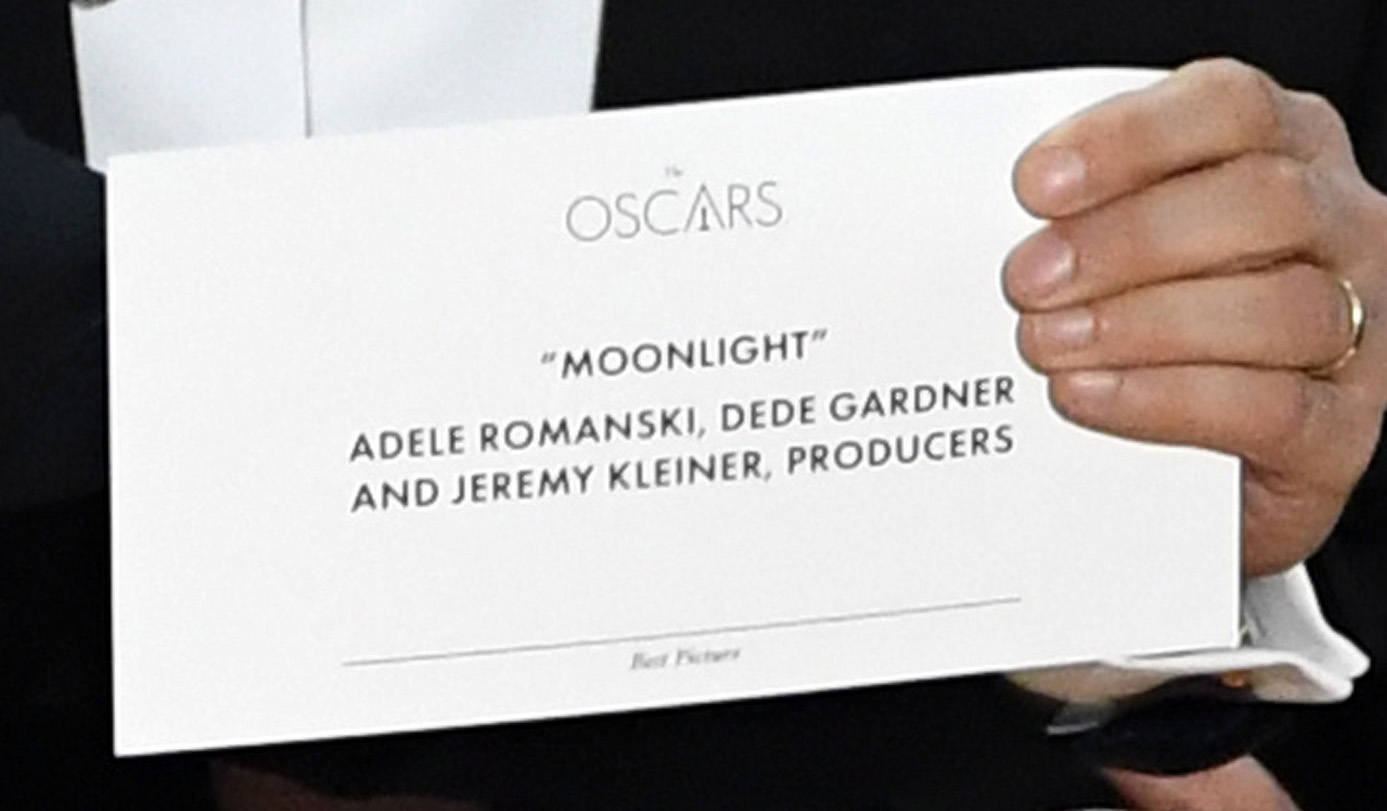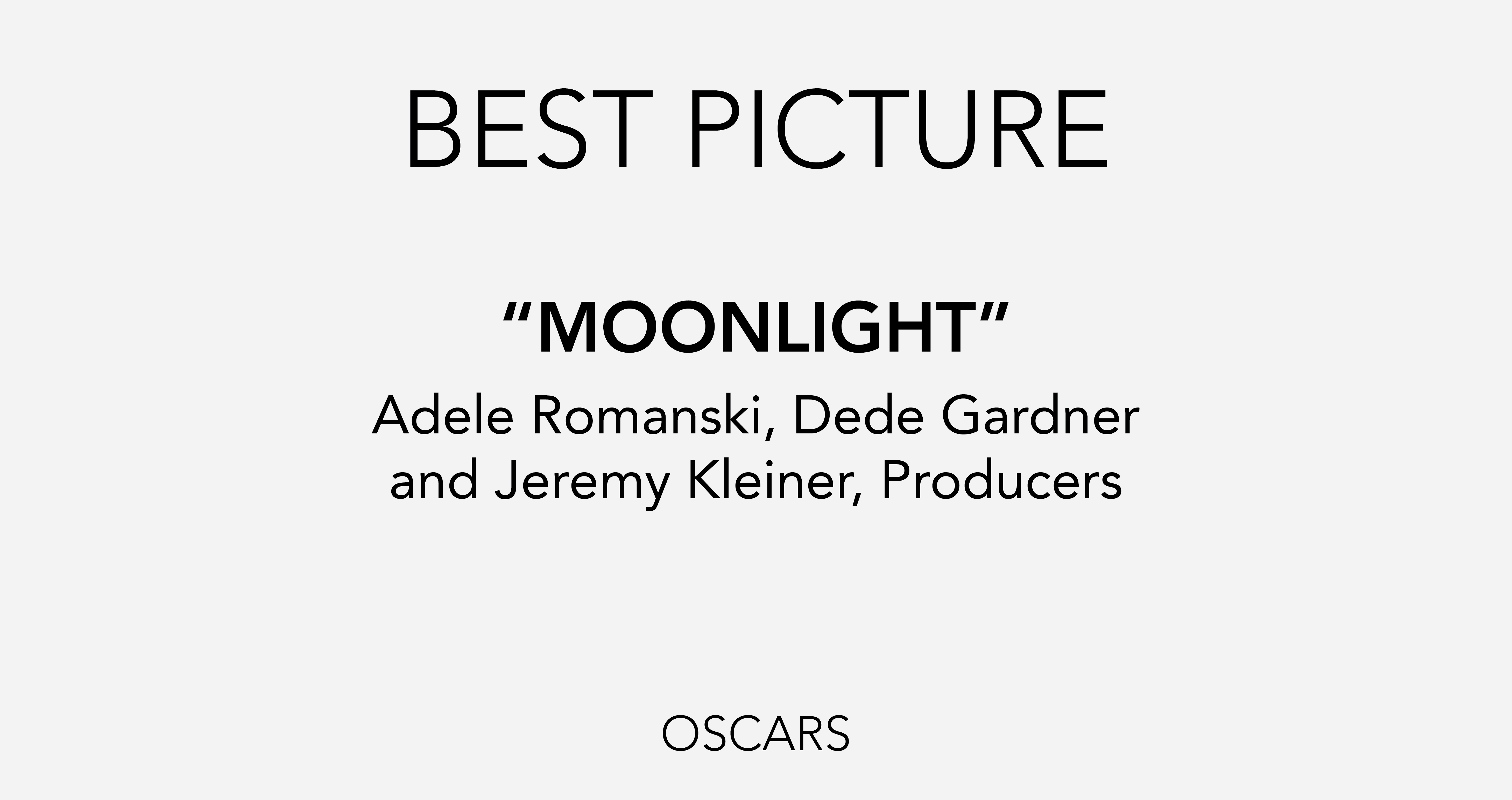
Know thy member. Understanding the evolving needs of members and identifying gaps to align your strategic plan is imperative. Where to allocate budgets, what programs to focus on and how to prioritize scarce staff resources. So what’s the best course of action? Should you conduct a member needs assessment or invest in a focus group? Or both? Consider the following:
MEMBER SURVEYS
The biggest pros:
- Online surveys are very efficient
- The data does not lie
- It’s a scanning exercise that leads to planning
- It’s objective
Don’t assume you know what members are thinking – focus on the facts. Surveys capture contemporary feedback from wide audience segments with concrete results that can be analyzed and presented to your Board.
For next year or the next three years, these can provide an excellent, objective backdrop to strategically plan:
- Insights into member value (what’s valuable)
- Behavior (what do they use)
- Communication preferences (which channels and how often)
This is a critical management step to determine how to drive engagement and value through your association’s programs and services.
“McKenna Group’s work on our member survey was vital to the creation of our new marketing plan. We now have a much better understanding of the value that we provide our membership and the best way to structure our value proposition.”
Bill Head
Director of Communications
MetroTex Association of REALTORS®
FOCUS GROUPS
Why conduct a focus group?
- Dig deeper into the minds of your members
- Allow key stakeholders to share first-hand perspectives and feedback on a variety of high-level topics: your association’s programs, services and delivery channels
Being able to ask follow-up questions and read body language can be vital to getting the truth on how members feel about current and future programming. It’s critical to have the CSE (chief staff executive) and CEO (chief elected officer) help to steward the process to invite attendees but no ask questions directly.
Hiring a third-party facilitator often provides the necessary “let your hair down” atmosphere to hear members’ blunt input and probe deeper. A recapping deliverable is often helpful to provide CSE and Board insights and member preferences. This can become the bedrock for strategic planning efforts and keeps the Board thinking strategically and engaged.
McKenna Design Group
With over 15 years of experience in the real estate industry, McKenna Design Group supports scanning, planning and implementing a wide range of association solutions including:
- Satisfaction surveys
- Successful focus groups
- Strategic planning
- Increased member engagement
The best solution is catered to the specific needs of your association and goals of your Board. Contact MDG.


